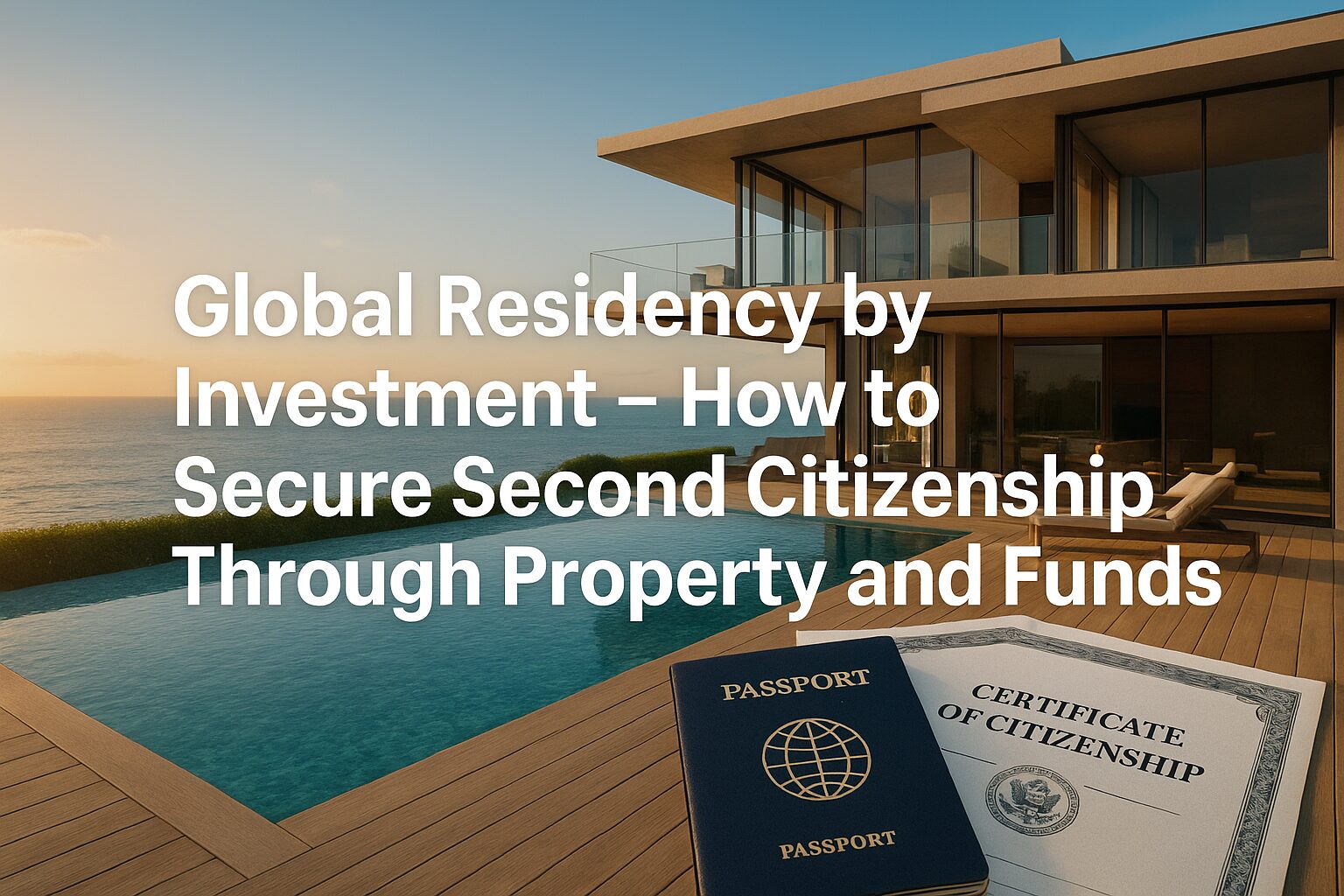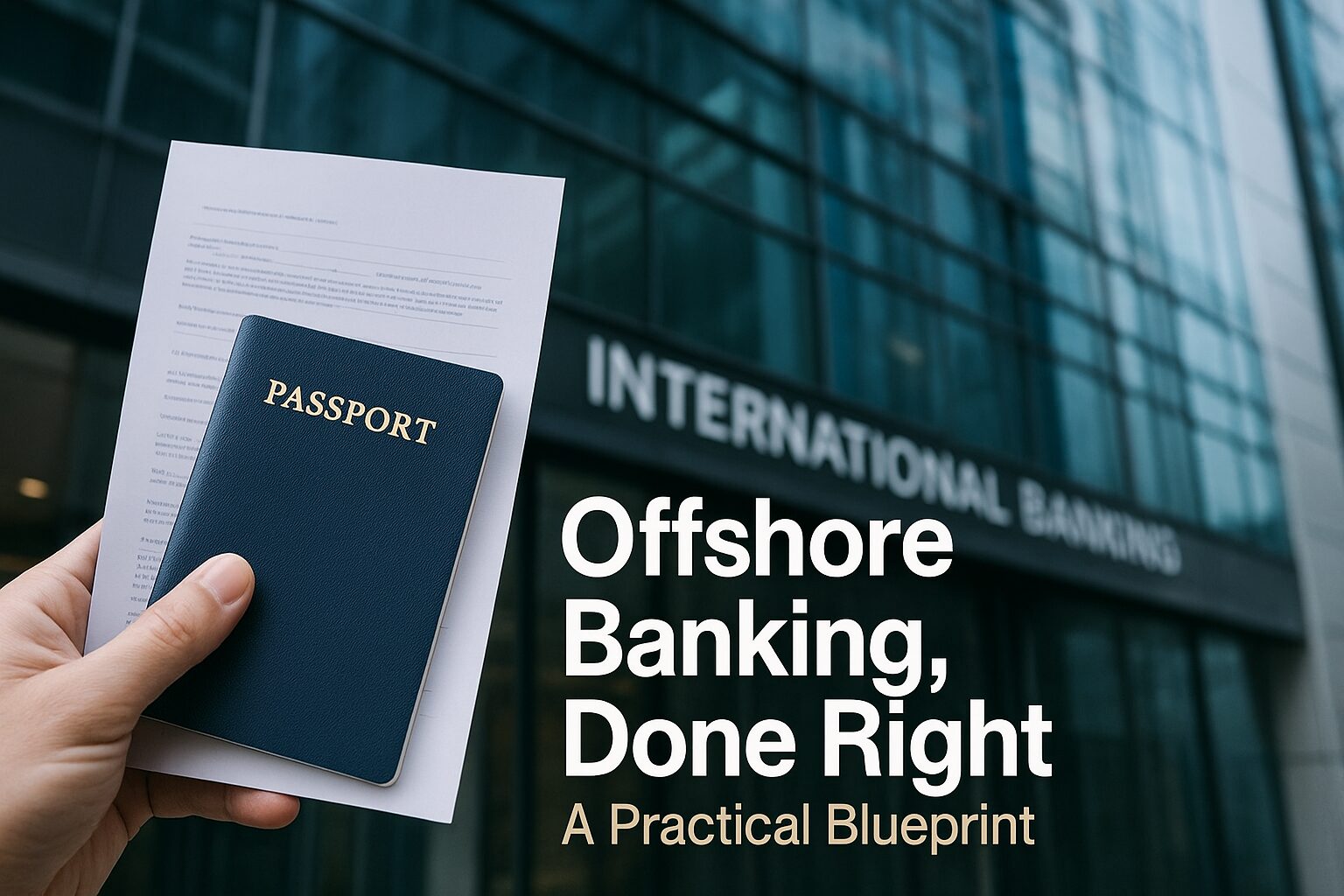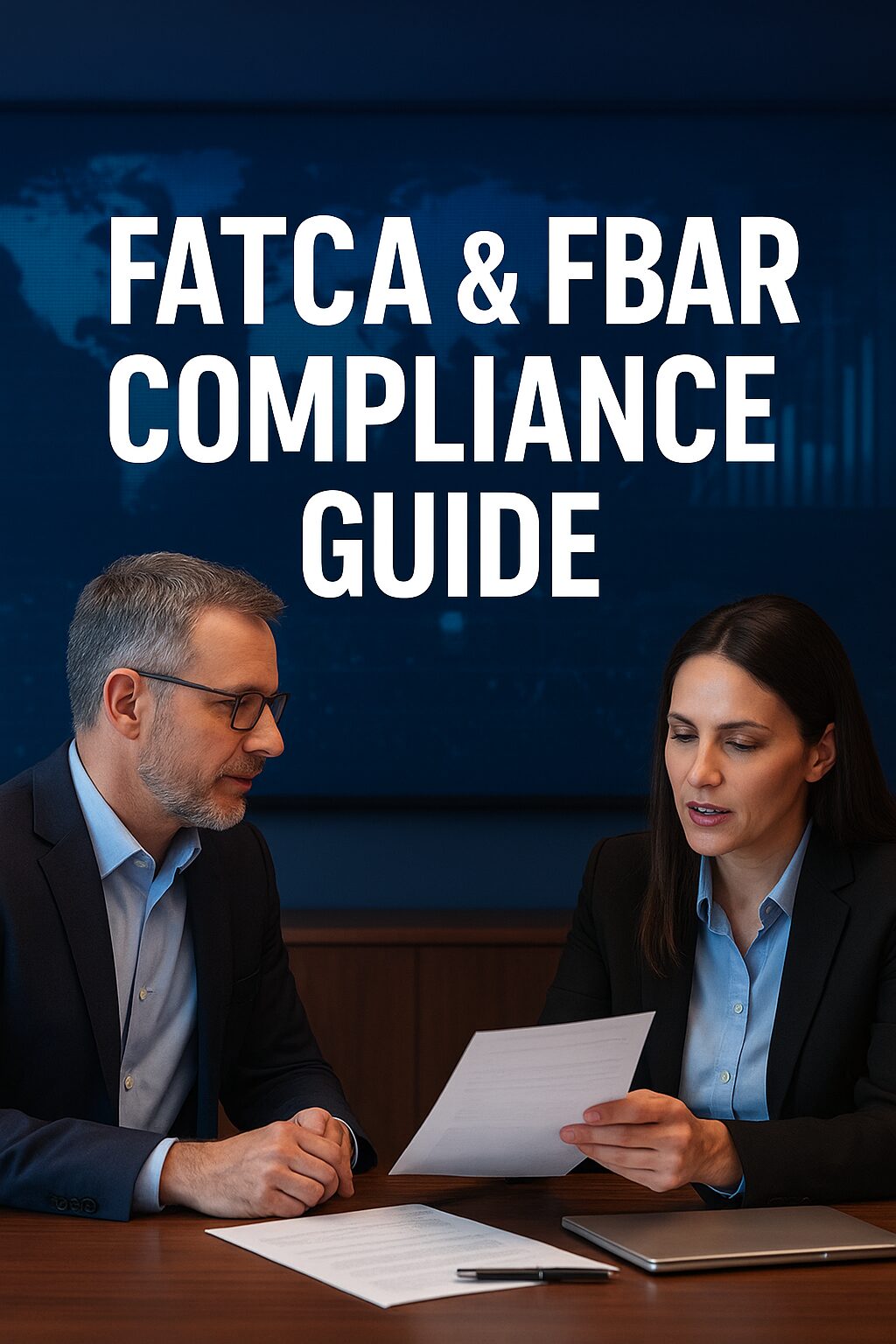Why Every Expat Needs a Tax Playbook
Are you overpaying in taxes simply because you don’t know the rules?
For many expats, the biggest financial leak is not rent, flights, or even healthcare—it’s unnecessary taxation.
Imagine this:
- An American freelancer in Spain earns $120,000. Without planning, he owes both the IRS and Spanish tax authorities—losing nearly 50% of income.
- A Canadian engineer moves to Dubai but keeps his house in Toronto. The CRA still considers him a tax resident, demanding 42% of his global income.
- A British teacher works in Singapore for 9 months, believing she avoided UK tax. But because of “family ties” at home, HMRC still wants a share.
These are not extreme cases—they’re common mistakes.
This Expat Tax Playbook is your roadmap to avoid them.
By the end, you’ll know how to structure your life, legally minimize taxes, and keep more wealth in 2025.
1. The Global Tax Landscape in 2025
A) Rising Tax Pressure
Governments are raising taxes to pay for:
- Aging populations (healthcare + pensions).
- Post-pandemic deficits.
- Climate and defense spending.
Example Table: Top Marginal Tax Rates (2025)
| Country | Top Personal Income Tax | Notes |
|---|---|---|
| US | 37% (federal) + up to 13% state | Citizens taxed worldwide |
| UK | 45% above £125,140 | Statutory Residence Test applies |
| Canada | 33% federal + up to 20% provincial | Residential ties rule |
| Singapore | 22% max | Territorial tax, foreign income exempt unless remitted |
B) Information Sharing
- FATCA: All non-US banks must report American clients.
- CRS: 100+ countries exchange account data.
Practical Tip: Never assume “no one will find out.” Your account in Hong Kong or Dubai will eventually be reported.
2. The 183-Day Trap and Tax Residency
Most expats wrongly assume: “If I stay less than 183 days, I’m safe.” Not true.
A) Country Rules Side by Side
| Country | Residency Test | Practical Example |
|---|---|---|
| US | Citizenship-based | Sarah, a US citizen in Thailand, must still file to IRS even after 10 years abroad. |
| UK | Statutory Residence Test | Tom spends 80 days in the UK but has family + house there. HMRC says he’s resident. |
| Canada | Residential ties | Emily keeps a condo in Vancouver while in Dubai. CRA taxes her worldwide income. |
| Singapore | 183 days | David stays 170 days. Singapore taxes only local income at 15%, no tax on foreign income. |
B) Real-Life Mistake
A Canadian couple sold their Toronto home and moved to Portugal. They forgot to file a “Departure Tax” form. CRA hit them with capital gains tax on global assets they thought were exempt.
Action Step: Always file an “exit return” when leaving Canada or UK.
3. Double Taxation Treaties
A) US Example
- FEIE: Exclude $126,500 (2025).
- FTC: If you pay $30,000 in France, you can credit that against IRS liability.
Scenario:
Mark, a US digital nomad in Portugal earns $150,000.
- Without planning → IRS $40k + Portugal $45k = $85k lost.
- With FEIE + FTC → IRS $0, Portugal $30k effective. Saved $55k.
B) UK Example
Tie-breaker rule: If you are a resident in both UK and UAE, the treaty decides UAE wins → 0% tax.
C) Singapore Example
Foreign-sourced dividends are exempt if not remitted.
This makes Singapore powerful for asset holding companies.
4. Tax-Friendly Jurisdictions for Expats
Top Choices in 2025
- UAE – 0% personal tax, but 9% corporate tax introduced (still low).
- Portugal NHR – Special expat regime, 10 years reduced rates.
- Thailand LTR Visa – Attractive for remote workers, low corporate rates.
- Singapore – Territorial tax + strong treaty network.
Case Example:
Anna, a British software developer, relocates to Dubai. She keeps UK investments but becomes UAE resident. UK tax drops to 0, total savings ~£40,000/year.
5. Wealth Structures: LLCs, Trusts, and Foundations
A) LLCs / IBCs
- Best for consultants, freelancers, entrepreneurs.
- Example: A Wyoming LLC charges US clients, but owner is a Dubai resident. Income flows tax-free locally.
B) Trusts
- Protect assets from lawsuits.
- Example: A Singaporean family sets up a Cook Islands Trust. Assets safe from creditors, taxes deferred until distributions.
C) Foundations
- Useful for multi-generational planning.
- Example: A Panamanian foundation holds real estate + bank accounts. Children inherit without probate.
Warning: Set up early. Courts can “claw back” transfers made just before bankruptcy.
6. Practical Checklist (The Playbook in Action)
Step 1: Count your days in each country.
Step 2: Review residential ties (property, family, accounts).
Step 3: Download treaty PDFs (highlight relevant articles).
Step 4: Open a multi-currency offshore account (e.g., Singapore, Switzerland).
Step 5: Create a legal entity (LLC/IBC/Trust).
Step 6: File correctly—never skip compliance.
Step 7: Hire an advisor in both jurisdictions.
Example Workflow:
- American in Portugal → Use FEIE + treaty → Reduce IRS liability.
- Open Singapore account → Receive US client payments.
- Use LLC for contracts → Protect liability.
7. Staying Legal in 2025
A) FATCA/CRS Penalties
- US: $10,000 per unfiled FBAR form.
- UK: 200% penalties for undisclosed offshore accounts.
B) Grey vs Black Areas
- Legal optimization: FEIE, residency planning, treaties.
- Illegal evasion: Fake residency claims, hiding bank accounts.
Tip: Spend money on compliance, not on fines.
8. The Human Side
Expats often underestimate the psychological cost of tax uncertainty.
- Stress of unexpected bills.
- Fear of audits.
- Relationships strained due to financial anxiety.
Case Story:
Lisa, a US expat in Italy, ignored IRS filing for 3 years. She later owed $120,000 in penalties—money that could have been invested in her children’s education.
Conclusion: Your Expat Tax Playbook for 2025
The rules are complex, but the path is simple: stay legal, stay smart, and plan ahead.
By applying this playbook, you can:
- Save 20–50% of your income.
- Protect assets for the long term.
- Gain true freedom abroad.









